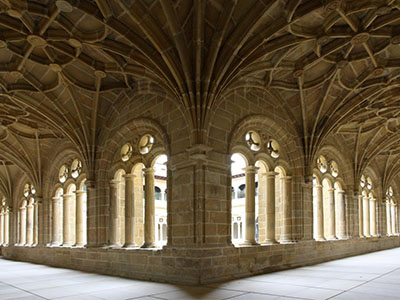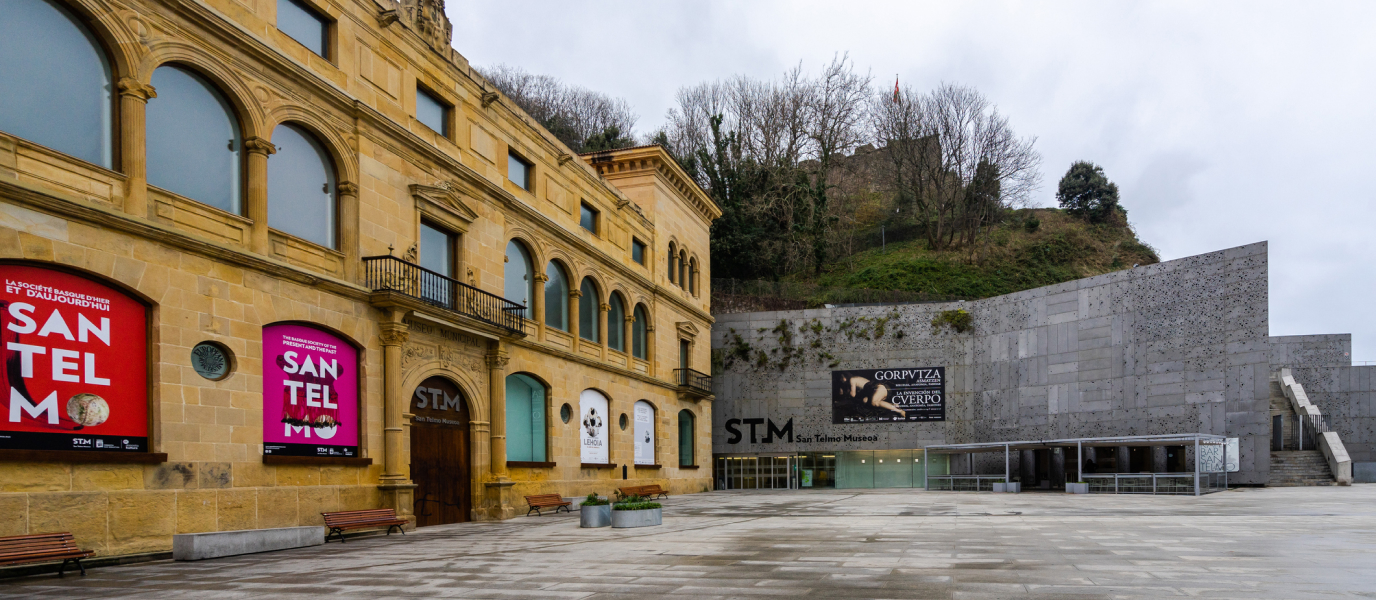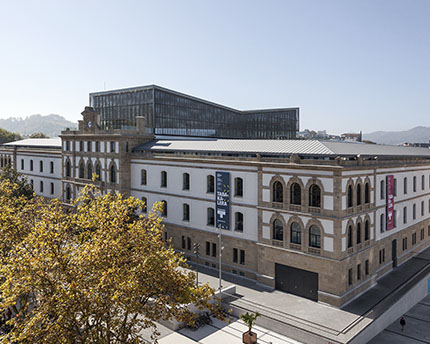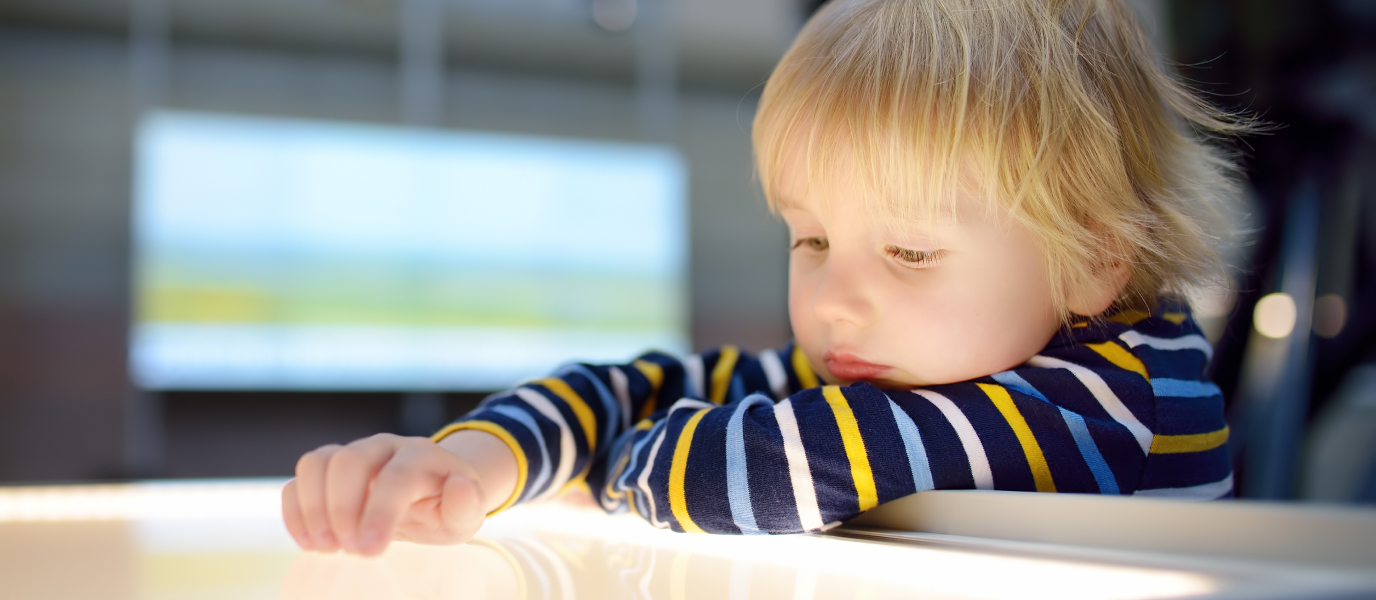Entering the old town of San Sebastián is walking into a picturesque maze of irrefutable charm, filled with historic landmarks. You’ll enjoy leisurely strolls along cobbled streets in this traffic-free area, surrounded by the exquisite smell of pinxtos coming out of the taverns and beautiful Monte Urgull in the backdrop.
The museum is located in the pretty Plaza Zuloaga and is ideal for discovering the fascinating culture and history of the Basque Country. The impressive collection ranges from historical artefacts to 17th century art work, interweaved with contemporary art. The expertly curated collection allows visitors to revel at the works from 17th– century masters, such as El Greco, and contemporary artists, such the Basque sculptor Oteiza.
When you reach the plaza, you’ll be struck by how the museum seamlessly blends into one of San Sebastián’s most popular site, Mount Urgull.
San Telmo Museoa and its Dominican origins
The museum was founded in 1902, after generous donations were made by locals for the creation of a public museum. Originally named ‘The Historical, Artistic and Archaeological Museum’, it opened its doors on the corner of the streets Andía y Garibai.

The museum soon needed more ample space to house its growing collection and moved to a new location in 1911. It needed even more space not long after, so in 1932 it moved to the site it stills calls home today: the San Telmo Dominican monastery. The building is an example of transitional Gothic-Renaissance style and stands out because of the location of the cloister, which is right at the beginning of the Church nave and not to the side.
On 3 September 1932, the museum reopened its doors at its newest location. The inauguration was a grandiose event with a concert conducted by Manuel de Falla. The walls of the museum were decorated with 11 stunning murals by Josep María Sert. These murals are especially spectacular not only for the artistic skill employed but also because they narrate heroic moments of Basque history. They are an invaluable part of the museum’s collection.
The museum has undergone several refurbishments throughout its life but the 2011 reform was by far the most extensive. It included the complete rehabilitation of the existing building and the addition of new wing that mutes into Monte Urgull. While the architecture of the original building was respected, the cutting-edge wing includes a spectacular ‘green wall’ where moss and ferns grow on the perforated aluminium skin used for the extension. The Spanish studio Nieto Sobejano is responsible for successfully bridging old and new into a unique contemporary space.
Museum collections and exhibits
The San Telmo collection is composed of an incredible 35,600 pieces. Take the time to stroll through the museums and explore the breadth of the fantastic collection. The museum is divided into the following thematic sections:
- Archaeology: 650 pieces make up this exhibit. You’ll discover interesting historical artefacts relating to Basque culture such as steles, funeral monumentsthat were used to mark the place of burial. This exhibit is a wonderful glimpse into Basque culture as well as other cultures: Roman, Phoenician and Paleo-Christian.
- Ethnography: This exhibit is an ode to Basque culture and a manifestation of the Museum’s mission to disseminate said culture. Over 9,000 objects demonstrate different aspects of traditional ways of life in Basque society. The cult of ancestry and its associated customs is guiding thread throughout this exhibit and showcases the profound spiritual wealth of Basque culture.
- Fine Arts: This exhibit is composed of over 6,800 paintings, sculpture and prints. You’ll discover paintings from 16th century masters as well as 19th– and 20th-century Basque artists, such as Oteiza and Chillida.
- Photography: This exhibit contains an invaluable collection of more than 15,000 photos that depicts the evolution of the Basque Country from a historical, ethnographical and archaeological point of view. The Galarza Fund alone is made up of 2,000 photos of San Sebastián and other local towns at the beginning of the 20th
- History: Almost 3,000 articles make up this exhibit, including a collection of weapons and other objects from several wars. The knife collection from the Carlist wars is particularly fascinating.
The museum also stages exceptional temporary exhibits and promotes the work of young talents. One of these initiatives is Museo Doble (‘Double Museum’) whereby an up-and-coming artist is invited to join a 12-month long programme and design a work of art or installation that will be added to the permanent collection at the end of the collaboration.
The museum is a cultural beacon in its truest form and a must-see when exploring the charming old town of San Sebastián – be sure to pay a visit!







































































